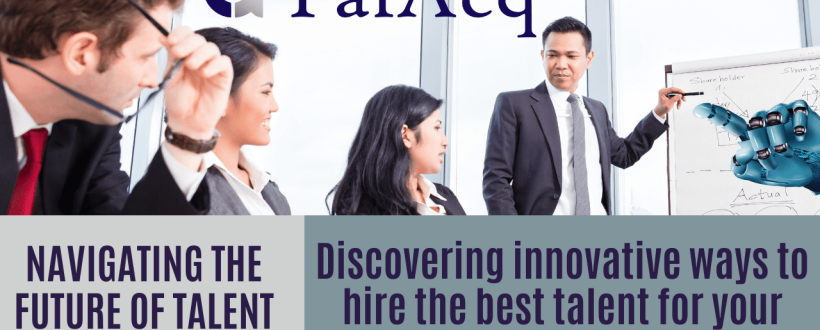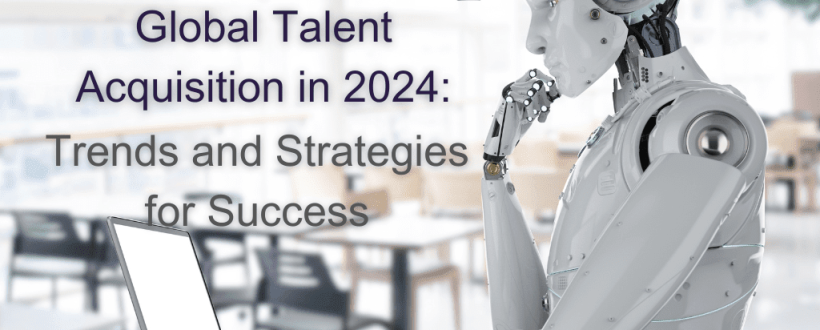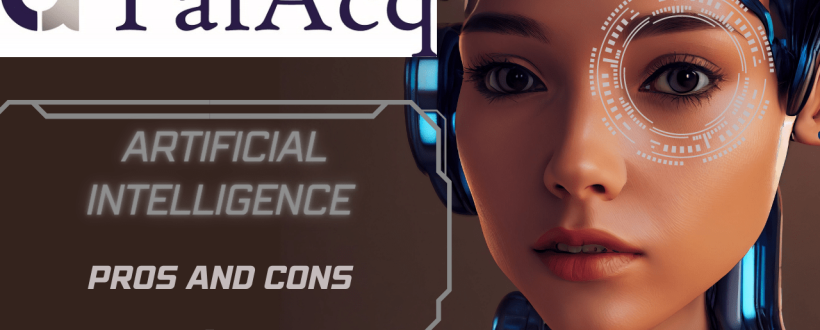In today’s hyper-competitive business landscape, attracting and retaining top talent is critical for organizations looking to thrive and expand globally. As we step into 2024, the field of talent acquisition continues to evolve rapidly, driven by technological advancements, changing workforce dynamics, and the impact of recent global events. In this comprehensive article, we will explore the key trends and strategies shaping global talent acquisition as 2024 approaches.
The Shifting Talent Landscape
1. The Rise of Remote Work
Remote work, accelerated by the COVID-19 pandemic, is now a permanent fixture in the talent landscape. Companies are no longer confined to hiring talent within their immediate geographic vicinity. The ability to tap into a global talent pool has become a significant advantage, allowing businesses to access specialized skills and reduce costs.
2. The Importance of Diversity and Inclusion
Diversity and inclusion are no longer just buzzwords but are integral to talent acquisition strategies. Organizations are actively seeking diverse talent to enhance creativity, innovation, and problem-solving. In 2023, companies focused on creating inclusive workplaces to attract and retain a broader range of talent. This trend continues to gain momentum as we enter 2024, with companies recognizing that diverse teams drive better results.
3. Skills Over Degrees
The emphasis on degrees is diminishing as employers prioritize skills and experience. Skills-based hiring allows organizations to bridge skill gaps quickly and efficiently. In 2023, we saw a surge in competency-based assessments and micro-credentialing, a trend that continues to shape talent acquisition in 2024. Employers are increasingly valuing hands-on experience, certifications, and demonstrable skills over traditional educational qualifications.
Technology-Driven Talent Acquisition
4. AI and Automation
Artificial Intelligence (AI) and automation are revolutionizing the recruitment process. These technologies streamline candidate sourcing, screening, and assessment, reducing time-to-hire and improving the quality of hires. Chatbots and AI-driven assessments are becoming standard tools in talent acquisition. In 2024, we expect AI to play an even more significant role as it continues to evolve, enabling organizations to make data-driven decisions and identify the most suitable candidates more effectively.
5. Data-Driven Decision Making
Data analytics plays a pivotal role in talent acquisition. Predictive analytics helps in identifying high-potential candidates, optimizing job postings, and improving the overall recruitment process. In 2023, data-driven decision-making was essential for staying competitive, and this importance has only grown in 2024. Organizations are investing in advanced analytics tools to gain insights into their recruitment efforts and make data-backed decisions that enhance the candidate experience.
6. Candidate Relationship Management (CRM)
CRM tools are no longer exclusive to sales and marketing. Talent acquisition teams are adopting CRM systems to nurture relationships with potential candidates. These platforms enable personalized communication and help in building a strong talent pipeline. In 2024, CRM will continue to be an integral part of talent acquisition, allowing organizations to engage with candidates throughout their career journey, not just during the hiring process.
Adapting to the Gig Economy
7. Embracing Freelancers and Contractors
The gig economy continues to grow, and organizations are tapping into this flexible workforce. In 2023, we saw an increase in the hiring of freelancers and contractors for specialized projects and tasks, allowing companies to scale quickly. In 2024, this trend is expected to expand further, with companies embracing the gig economy not only for short-term projects but also for ongoing roles that require specialized skills.
8. Hybrid Workforce Models
Hybrid work arrangements, combining full-time employees with freelancers and contractors, are gaining traction. This approach offers flexibility while maintaining core teams, making it easier to adapt to changing business needs. As we enter 2024, companies will continue to refine their hybrid workforce models to ensure they can access the right talent at the right time while optimizing costs and productivity.
Employer Branding and Employee Experience
9. Enhanced Employer Branding
In a competitive talent market, a strong employer brand is a significant differentiator. Companies will invest more in showcasing their culture, values, and commitment to employee well-being in 2023. This trend continues into 2024, with organizations recognizing that a compelling employer brand not only attracts top talent but also fosters employee loyalty and engagement.
10. Prioritizing Employee Experience
A positive employee experience is essential for talent retention. Companies will focus on creating an inclusive, supportive, and engaging work environment to keep top talent satisfied and motivated. In 2024, employee experience will remain a top priority, with organizations implementing initiatives such as flexible work arrangements, professional development opportunities, and wellness programs to enhance the overall employee journey.
The Future of Global Talent Acquisition
11. Global Expansion
As businesses expand globally, talent acquisition must align with international strategies. Understanding regional nuances and cultural differences will be crucial for successful global talent acquisition in 2023. This focus on global expansion continues into 2024, with organizations increasingly looking beyond their borders to access talent and explore new markets.
12. Upskilling and Reskilling
Continuous learning and development will be a core part of talent strategies. Employers will invest in upskilling and reskilling programs to adapt to changing skill requirements. In 2024, upskilling and reskilling will be even more critical as technology continues to evolve rapidly, requiring employees to acquire new skills to remain competitive in their roles.
13. Sustainability and Corporate Social Responsibility
Candidates are increasingly choosing employers who align with their values. Companies will emphasize sustainability and social responsibility efforts in their recruitment messaging. In 2024, organizations will integrate sustainability and CSR initiatives into their talent acquisition strategies, showcasing their commitment to making a positive impact on society and the environment.
Strategies for Success
14. Personalization
Tailoring recruitment efforts to individual candidates’ needs and preferences will enhance engagement and improve the candidate experience. In 2024, personalization will be taken to new heights, with organizations leveraging AI and data analytics to create highly personalized candidate journeys. This approach not only attracts top talent but also increases the likelihood of successful placements.
15. Agile Recruitment
Agile methodologies will be applied to talent acquisition, allowing teams to adapt quickly to changing business conditions. In 2024, agility will be a core competency for talent acquisition teams, enabling them to respond rapidly to shifting workforce demands and emerging talent trends.
16. Continuous Feedback
Feedback loops with candidates and employees will provide valuable insights for optimizing the talent acquisition process. In 2024, feedback mechanisms will become more sophisticated, incorporating real-time feedback collection and analysis to drive continuous improvement in recruitment practices.
Conclusion
As we navigate the evolving landscape of global talent acquisition in 2024, organizations must remain agile, data-driven, and deeply committed to fostering diversity and inclusion. By embracing the latest technologies and adapting to the changing expectations of the workforce, businesses can secure the top talent they need to thrive in the competitive global market.
Remember, successful talent acquisition is not just about filling roles; it’s about building a strong, adaptable workforce that will drive your organization’s success in the years to come. As 2024 unfolds, staying ahead of these trends and implementing effective strategies will be the key





